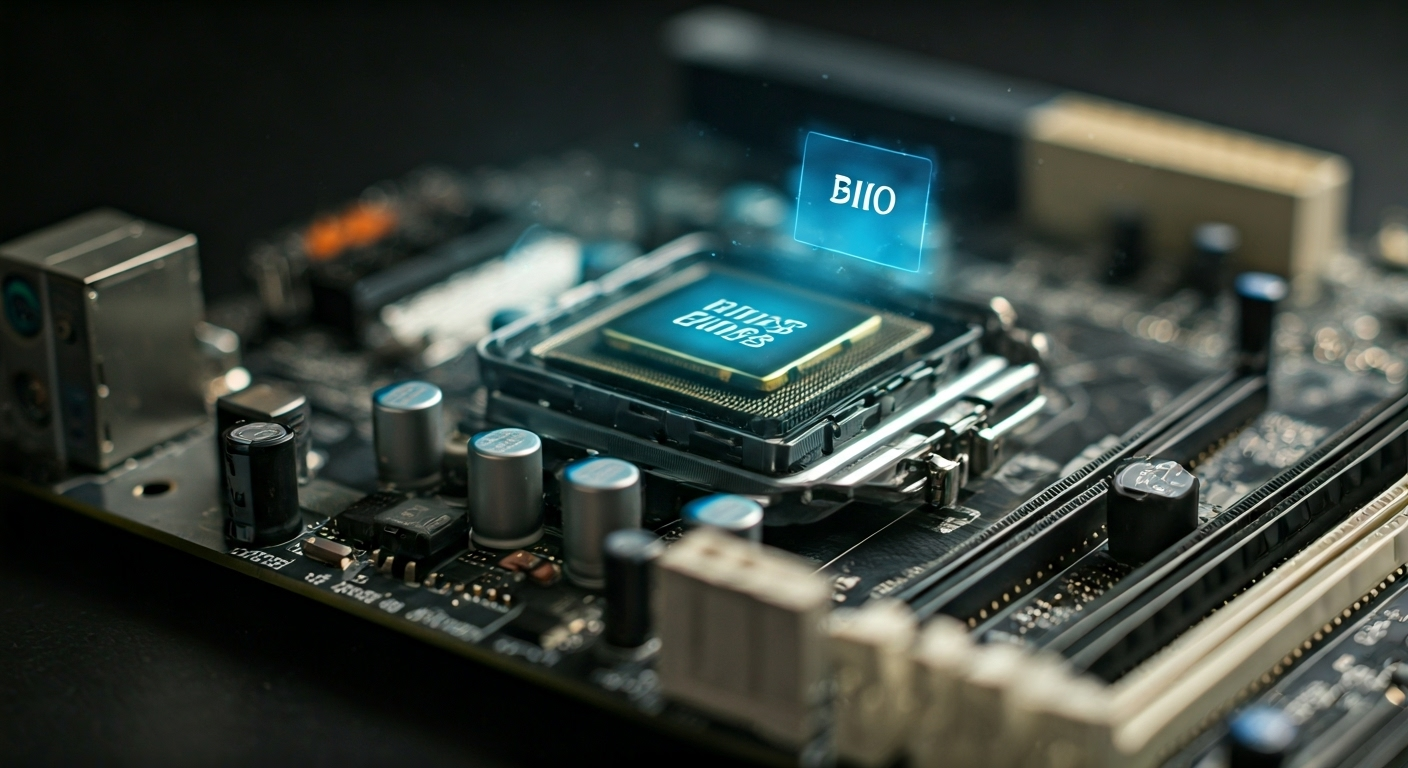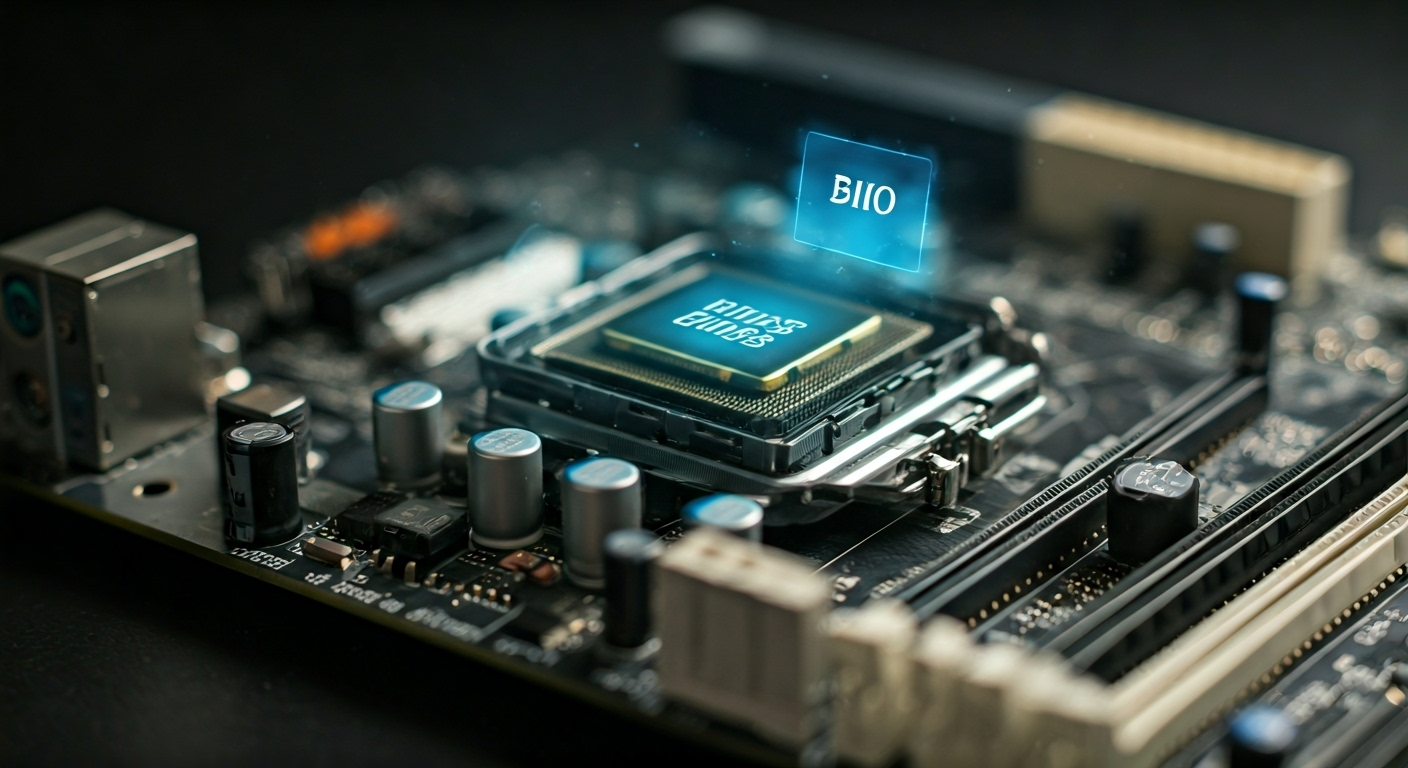Key Highlights
- Virtualization technology lets your PC run multiple operating systems or virtual machines at the same time.
- To use apps like BlueStacks and VirtualBox, you must enable virtualization in your system’s BIOS.
- The virtualization setting is found in the BIOS/UEFI firmware, usually under CPU or Advanced settings.
- The option may be labeled as Intel VT-x, AMD-V, or SVM depending on your processor and motherboard.
- Enabling virtualization allows full use of your CPU’s hardware extensions for better performance and security.
- BIOS menus and steps differ among brands like ASUS, HP, and Dell, so check your device documentation.
Introduction
Every PC today can do a lot more because of virtualization technology. When you enable virtualization in your system’s BIOS, you let your CPU run two or more operating systems or virtual machines at the same time. This is very important if you want to use tools like BlueStacks or VirtualBox. Virtualization helps your computer take on tough jobs without slowing down. If you want to get the best out of your PC, you need to know how to enable virtualization on it first.
Understanding Virtualization and Its Importance in BIOS
Virtualization technology is in most new CPUs. This lets a CPU make several separate spaces for operating systems and apps. Intel processors and AMD chips have virtualization extensions that help each virtual machine work as if it is using its own hardware.
To use this, you have to adjust the CPU configuration in your system’s BIOS. If you do not enable virtualization in BIOS, many virtualization apps will not work. This is why programs like BlueStacks or VirtualBox need you to enable virtualization. These programs use hardware-level virtualization to give smooth and reliable use.
Now, let’s take a look at what virtualization technology means for PCs today.
What is virtualization technology in modern PCs?
Virtualization technology is built into most Intel and AMD CPUs. It lets your computer make and use something called a virtual machine. A virtual machine (VM) is just like having a second computer inside your main one. For example, with virtualization turned on, you can run Linux and Windows on one PC. You can also test new software in a safe space.
The newest CPUs come with extra features called virtualization extensions. Intel calls theirs Intel Virtualization Technology (VT-x). For AMD, it’s named AMD-V. These let every virtual machine use the CPU in a better way. This helps the VM work faster and more smoothly than normal software that tries to do the same thing.
If you want to enable virtualization in your computer’s BIOS, just follow these steps:
- Restart your PC. When you see the first screen, press F2, Del, or Esc to get to the BIOS or UEFI menu.
- Go to the CPU Configuration or Advanced tab.
- Find the settings for virtualization. It could be called Intel VT-x, AMD-V, or SVM.
- Change the setting to “Enabled.”
- Save what you changed and restart your PC.
You can now use virtualization to run a virtual machine on your computer. This can be helpful if you want to try out Linux, test new apps, or work with different operating systems.
Why enable virtualization for applications like BlueStacks and VirtualBox?
You may ask why you need to enable virtualization for apps like BlueStacks and VirtualBox. The thing is, these programs use something called virtual machines. That lets you run a different operating system, like Android or Linux, on your computer with your normal system.
If you do not enable virtualization, your computer cannot use special features in your cpu that help run these virtual systems faster. When this happens, the apps might be slow, crash, or sometimes not even start. When you enable virtualization, you get these benefits:
- Improved performance for virtual machines because they can use your cpu directly.
- You can run more than one operating system at the same time.
- You get better support with most virtualization software.
- There is a safer and more separate space to test or use new programs.
So, if you go into BIOS and enable virtualization, you can make full use of your cpu and help apps like BlueStacks and VirtualBox run the way they should. This makes your experience better and more reliable.
Locating Virtualization Settings in Your BIOS

Finding the virtualization setting in your system’s BIOS is easy once you know where to look. Most motherboards keep these options in the CPU configuration menu or under the Advanced settings tab. The name for this setting can change depending on your motherboard’s firmware. You should look for labels like Intel VT, AMD-V, or virtualization extensions.
Each brand can show things differently in their BIOS or UEFI menus. If you are not sure where to find it, you can check your device’s documentation or go to the manufacturer’s website. This will help you get the steps that fit your specific model. In the next parts, we will talk about the different names and how brands use them in their menus.
Common names for virtualization features (Intel VT-x, AMD-V, SVM)
There are many different names for virtualization technology used by hardware makers. Intel processors call this feature VT-x, which stands for Intel Virtualization Technology. This helps the CPU run more than one system at the same time in an efficient way. On the other hand, AMD processors use the name AMD-V. This is made to help with virtualization on their chips. AMD also uses the term SVM, which means Secure Virtual Machine, to show how it works to make virtualization better. These features are important for building a good virtual machine. They also help the system mix well with the BIOS. This is why you often see virtualization, such as intel virtualization technology or SVM, listed as options on both intel and AMD hardware.
How BIOS menus differ across ASUS, HP, Dell, and other brands
BIOS menus and where you find virtualization settings are not the same for every brand. The path can change a lot depending on the maker. For example, ASUS, HP, and Dell all use different menu layouts. The words they use for the choices might also not match each other.
- On ASUS systems, you can usually find the virtualization option under “Advanced” and then look for “CPU Configuration.”
- If you have an HP device, look in the “Security” menu, then go to “System Security.”
- Dell sometimes puts virtualization in the “Virtualization Support” or “Performance” sections.
- Some Lenovo and Acer systems list it inside the “Advanced” tab, or something similar.
- It is a good idea to check your device documentation for the right steps for your brand.
If you cannot see the setting, your CPU or motherboard might not support virtualization. Other times, you may need to update your BIOS. If you are not sure, look up your motherboard documentation online or ask the maker’s customer service. There are many small details, so always carefully follow the steps from your brand to turn on virtualization.
Conclusion
To sum up, turning on virtualization in your BIOS is very important if you want to get the most out of your PC. This is true, especially if you use apps like BlueStacks or VirtualBox. It is a good idea to know about virtualization technology and see how the settings work for your PC brand. This can help make your computer work better. If you follow the steps in this guide, you will be able to use virtual machines and keep your system running well. So, if you want your PC to do more, check your BIOS settings and enable virtualization now!
Frequently Asked Questions
What should I do if I can’t find virtualization options in my BIOS?
If you do not find virtualization in the BIOS, you should look at your firmware’s documentation or visit the support site. Sometimes a BIOS update can help you see the setting. If your cpu and motherboard let you use virtualization but you still do not see it, get in touch with your manufacturer for help.
How do I check if virtualization is already enabled on my computer?
You can check if virtualization is turned on in your operating system by looking in the system information or the Task Manager. You should find “Virtualization: Enabled” or a similar message under the CPU section. If you see that it is on by default, your PC can run virtual machines right away, and you do not need to change anything in the BIOS.
Are there any risks or drawbacks to enabling virtualization in BIOS?
Enabling virtualization technology in your system’s BIOS is safe for most people. This setting only lets your CPU work with virtual machines. It does not put your computer at risk. But if you use virtualization in the wrong way, it can put extra load on your CPU. So, be sure to use this choice in a smart way.


0 comments